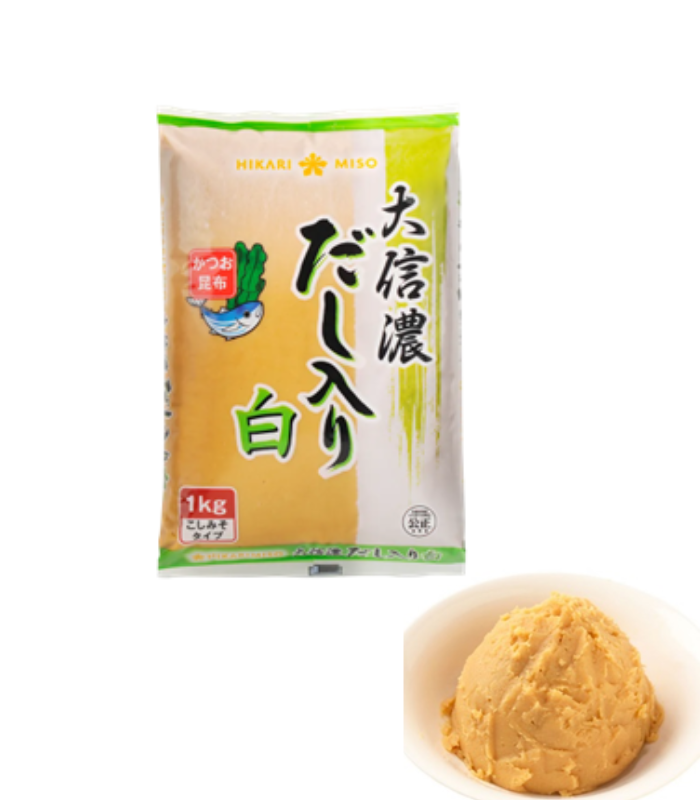Menu
Seafood
Seafood
Frozen Black Tiger Shrimp
13,20$18gDaily Need
Daily Needs
Fresh Seaweed
7,30$100gNama nori, also known as fresh seaweed or live seaweed, is a type of seaweed that is harvested and sold fresh, rather than being dried or processed. It has a bright green color and a tender, slightly crunchy texture. Nama nori is often used in Japanese cuisine, particularly in dishes like sushi and salads. It has a mild, slightly sweet flavor that pairs well with seafood and other ingredients. It's usually rinsed under cold water and patted dry with a clean towel. It can then be sliced or torn into smaller pieces and used in a variety of dishes. Nama nori is best consumed fresh and should be kept refrigerated until ready to use. It's important to note that nama nori has a short shelf life and should be consumed within a few days of purchaseFrozen Boiled Fish Paste
2,70$160gFrozen boiled fish paste, also known as kamaboko, is a traditional Japanese seafood product made from pureed fish that has been shaped, steamed, and sliced. kamaboko comes in colors such as pink or red. Kamaboko has a mild, slightly sweet flavor and a slightly chewy texture. Once cooked, the kamaboko is typically sliced into thin rounds or slabs and served as a snack or ingredient in other dishes. Above all, Kamaboko is a low-fat, high-protein food that is a good source of vitamins and minerals. It is also gluten-free, making it a good option for people with gluten sensitivitiesFrozen Chicken Gyoza
10,80$900gFrozen Chicken Gyoza (dumplings) are a popular dish in Japanese cuisine, known for their tender chicken filling and crispy exterior. When you taste Frozen Chicken Gyoza, you will immediately notice their unique and savory flavor. The chicken filling is seasoned with garlic, ginger, soy sauce, and other spices, giving it a rich and savory taste. The gyoza wrappers are crispy on the outside, and tender on the inside, making for the perfect texture combination Header menu Beverages
Header menu Beverages
Seafood
 Header menu Ingredients
Header menu Ingredients
Seafood
JFDA Hon Mirin
18,00$1.8LHon Mirin is a high-quality Japanese sweet liqueur and one of the most important seasonings in Japanese cuisine, where it is used in many ways. The most famous example is probably teriyaki sauce. This mirin is carefully made with a rich fragrance and elegant taste. The light is good, and it removes the scissors, gives an elegant sweetness, and makes use of the ingredients of a variety of dishes. The alcohol content is more than 52°F (13.5°C) and lower than 30.9°F (14.5°C), and the extract is over 104°F (40°C). This product is alcohol (genuine mirin). This product is a professional product, but it can be used by general consumers












































